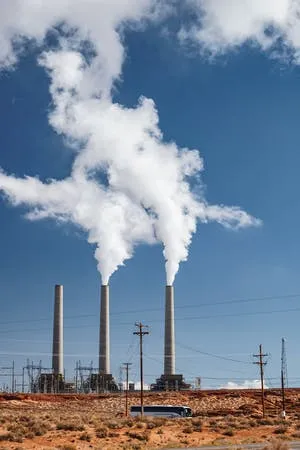
In this article, we will look at seven ways you can reduce your carbon footprint and make the world a better place for future generations. It’s impossible to predict exactly how climate change will impact our lives, but by taking action to reduce carbon emissions, we can at least try to mitigate the damage that has already been done. Let’s take a look at seven things you can do today to make the planet greener.
1) Sign up with myclimate
According to myclimate, myclimate is an international organization committed to mitigating climate change by making people and companies aware of their CO2 emissions. Through education, training and our global warming potential (GWP) calculator, we motivate everyone—from individuals to institutions such as schools and companies—to act for a better climate. The company strives to provide valuable educational tools that help users monitor their environmental impact in an effort to minimize it. Signing up with myclimate is a great way to get started reducing your carbon footprint. Once signed up, you’ll be able to calculate how much CO2-equivalent emissions come from various activities and products throughout your day-to-day life. You’ll also be able to track how much money you save by reducing or eliminating those items from your life; every time you use myclimate, they donate $0.50 toward reforestation projects around the world.
2) Eat less meat and dairy
When we eat meat and dairy, these products release greenhouse gases like methane into our atmosphere. Methane has 25 times more global warming potential than carbon dioxide does. It’s also a shorter-lived gas, meaning it doesn’t stick around in our atmosphere for as long as carbon dioxide does. In short, eating less meat and dairy is one of the best steps we can take to fight climate change.
3) Buy local produce
Buying local produce cuts down on transportation emissions. Many fruits and vegetables are harvested before they are ripe and need to be transported over long distances in refrigerated trucks, which makes transportation one of the largest sources of greenhouse gas emissions in North America. These long-distance trips also mean produce is often picked before it’s fully ripened, resulting in food with less nutritional value than when it was grown locally.
4) Do not waste water and electricity
Water and electricity are both utilities that we all pay for. With their costs increasing every year, it’s a good idea to conserve these resources. Unplug appliances when they aren’t in use, switch off lights and water-sucking devices when you leave home, and make sure your shower is not running while you are shaving or brushing your teeth. You’ll be saving money with every swipe of a towel or touch of a light switch!
5) Use public transport or carpool
It’s not that gas is free, it’s just very cheap relative to how much it costs us as a society. By driving less, you not only limit your own personal impact on climate change but also help encourage companies and public agencies to invest in better alternatives.
6) Cut down on flights, holidays and hotels
Burning fossil fuels is driving climate change. One of our biggest offenders is air travel, which comes with its own set of problems such as health concerns for travelers and increased costs for airlines. By flying less often and taking holidays closer to home, we not only help fight climate change but also save money on transport and accommodation – so it’s a win-win!
7) Support organisations working on reducing climate change
The climate change problem is vast and overwhelming; it’s hard to know where and how we should be supporting those working on finding solutions. The good news is there are many organisations working on ways to prevent climate change, increase our resilience against its effects, or developing technologies that could help us avoid becoming one of the 6 billion lives that might be lost by 2100. Support them in any way you can.
🙂